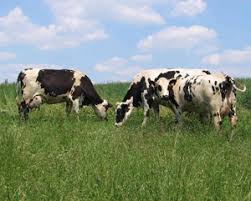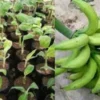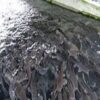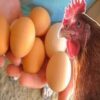Semi-permanent pastures are pastures that are established for a few years to cover the soil and provide feed for livestock. These pastures are typically converted into cropping lands after a few years.
When there is a break in the cropping phase, farmers may find it difficult to leave the land idle. Therefore, semi-permanent pastures are often established on such lands to help farmers acquire more feed for livestock or generate extra income from the sale of forage.
Read Also: Amazon Flowers: All You Need To Know About
1. Understanding Semi-permanent Pastures and Their Role in Farming Systems

Semi-permanent pastures are pastures that are established as part of a rotation system, usually due to a break in the cropping phase. The cropping phase can be interrupted for several reasons, such as a drastic decrease in crop prices, disease outbreaks, low soil fertility, or a change in the farmer’s decision.
Therefore, livestock production is integrated into these pastures for a short period, usually 5-10 years, before the pastureland is converted back into cropping land.
2. How To Establish Semi-permanent Pastures For Improved Farming Outcomes
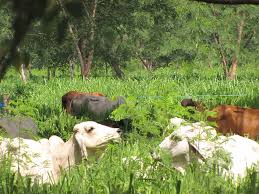
Semi-permanent pastures are established on fertile soils that are not waterlogged and are not undulating. The site should be well-prepared by following recommended agronomic procedures. Leguminous forages should carefully follow plots that were previously planted with cereal crops, such as Mucuna pruriens, and vice versa.
Read Also: Pumpkin Flowers (Pumpkin Blossoms): Complete Growing and Care Guide
3. Advantages and Disadvantages of Establishing Semi-permanent Pastures in Agriculture
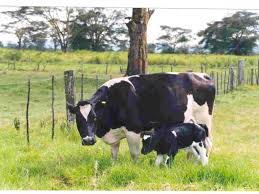
Establishing semi-permanent pastures offers several advantages, including:
- The flexibility to revert to crop cultivation whenever desired.
- Protection of soil from direct exposure to sunlight, which helps prevent soil degradation.
- Conservation of soil organisms, improving overall soil health.
- Increased income levels through the sale of forage or other crops.
However, there are also some disadvantages to establishing these pastures:
- Potential for pests to become a problem on the farm.
- Difficulty in eradication when using local implements like hoes.
- Challenges in establishment when poorly managed due to competition with other crops.
This article has discussed the difference between semi-permanent and temporary pastures, as well as the advantages and disadvantages of establishing such pastures. Semi-permanent pastures are established on fertile lands for improved productivity and can serve as an effective method for integrating livestock production into crop rotation systems.
Do you have any questions, suggestions, or contributions? If so, please feel free to use the comment box below to share your thoughts. We also encourage you to kindly share this information with others who might benefit from it. Since we can’t reach everyone at once, we truly appreciate your help in spreading the word. Thank you so much for your support and for sharing!

